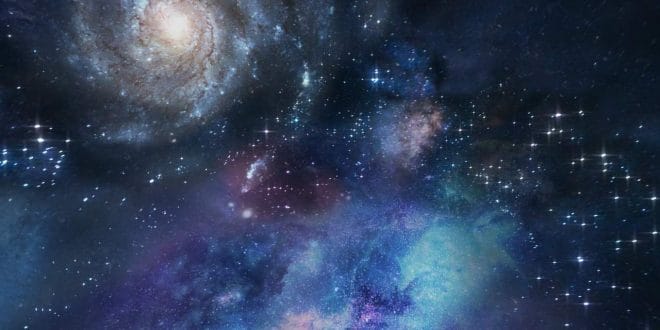Summary:
A supernova is a massive explosion that happens when a star reaches the end of its life. During the explosion, the star releases an immense amount of energy and emits extremely bright light, sometimes even brighter than a billion suns. Supernovas can last for several days, weeks, or even months. While most supernovas occur in distant galaxies, they can also happen in our own Milky Way. The last observed supernova in the Milky Way was in 1604 by the astronomer Johannes Kepler.
Explaining Supernovas:
Imagine a fireworks display in the night sky, but instead of colorful sparks, there’s a colossal explosion that outshines everything else in the universe. That’s what happens when a supernova occurs—it’s one of the most powerful and awe-inspiring events in the cosmos.
End of a Star’s Life:
A supernova happens when a star reaches the end of its life cycle. Stars are like giant cosmic furnaces, burning hydrogen fuel to create energy through nuclear fusion. But eventually, a star will run out of fuel and no longer have enough energy to support itself against its own gravity. When this happens, the star collapses inward, triggering a massive explosion—the supernova.
Release of Energy:
During a supernova explosion, the star releases an immense amount of energy in the form of light, heat, and radiation. This energy is so intense that it can outshine an entire galaxy for a brief period of time. Some supernovas can emit more energy in a few days than our Sun will emit in its entire lifetime!
Duration of Explosion:
Supernovas can last for varying lengths of time, depending on the type of star and the specifics of the explosion. Some supernovas may only last for a few days, while others can continue to shine brightly for weeks or even months. The duration of a supernova explosion is determined by factors such as the size and composition of the star.
Observing Supernovas:
Astronomers study supernovas using telescopes and other instruments to observe the light and radiation emitted during the explosion. By studying the spectra and behavior of supernovas, astronomers can learn more about the life cycles of stars, the processes of nuclear fusion, and the dynamics of the universe.
Supernovas are cosmic fireworks that mark the end of a star’s life. With their immense energy and dazzling brightness, supernovas illuminate the mysteries of the universe and provide valuable insights into the processes that shape the cosmos. From distant galaxies to our own Milky Way, supernovas are a reminder of the beauty and power of the universe we live in.
FAQs
A supernova is a powerful and luminous explosion that occurs at the end of a star’s life cycle. It represents the final stages of a star’s evolution and results in the ejection of the star’s outer layers into space, often leaving behind a remnant such as a neutron star or black hole.
Supernovae can occur through two primary mechanisms:
– Type Ia Supernova: This happens in a binary star system where a white dwarf accretes matter from a companion star. When the white dwarf’s mass exceeds a critical limit, a thermonuclear explosion occurs.
– Type II Supernova: This occurs when a massive star exhausts its nuclear fuel, causing its core to collapse under gravity. The core collapse triggers an explosion that expels the outer layers of the star.
The main types of supernovae are:
– Type I: Includes Type Ia, Ib, and Ic supernovae, characterized by different progenitor stars and explosion mechanisms.
– Type II: Resulting from the collapse of a massive star’s core, typically showing hydrogen in their spectra.
A supernova can be extremely bright, often outshining an entire galaxy for a short period. The brightness can reach up to 20 times that of a galaxy’s combined light.
After a supernova, the remnant of the star can become a neutron star or a black hole, depending on its mass. The supernova explosion disperses the star’s outer material into space, contributing to the formation of new stars and planets.
Supernovae play a crucial role in the galaxy’s ecosystem by dispersing heavy elements into the interstellar medium, which enriches the matter from which new stars and planets form. They also influence the dynamics of galaxies by generating shock waves and affecting the distribution of interstellar gas and dust.
Yes, supernovae can be observed from Earth, and they have been recorded throughout history. Modern telescopes and space observatories regularly detect and study supernovae to understand their properties and impacts on the universe.
On average, a supernova occurs in a galaxy like the Milky Way approximately once every 50 to 100 years. However, the rate can vary based on the galaxy’s star formation rate and other factors.
 Lifeved
Lifeved




 by
by